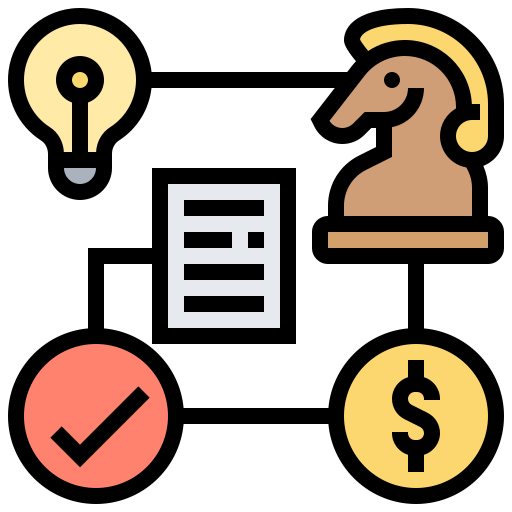This post will show you how to move your tech idea from idea to execution.


This post will show you how to move your tech idea from idea to execution.

What is technical debt? In simple terms, technical debt can be described as time borrowed when writing software. In other words, we incur technical debt to save time now that we will be paying back in the future. There are many reasons why we might incur technical debt, and when you are deciding, it will […]